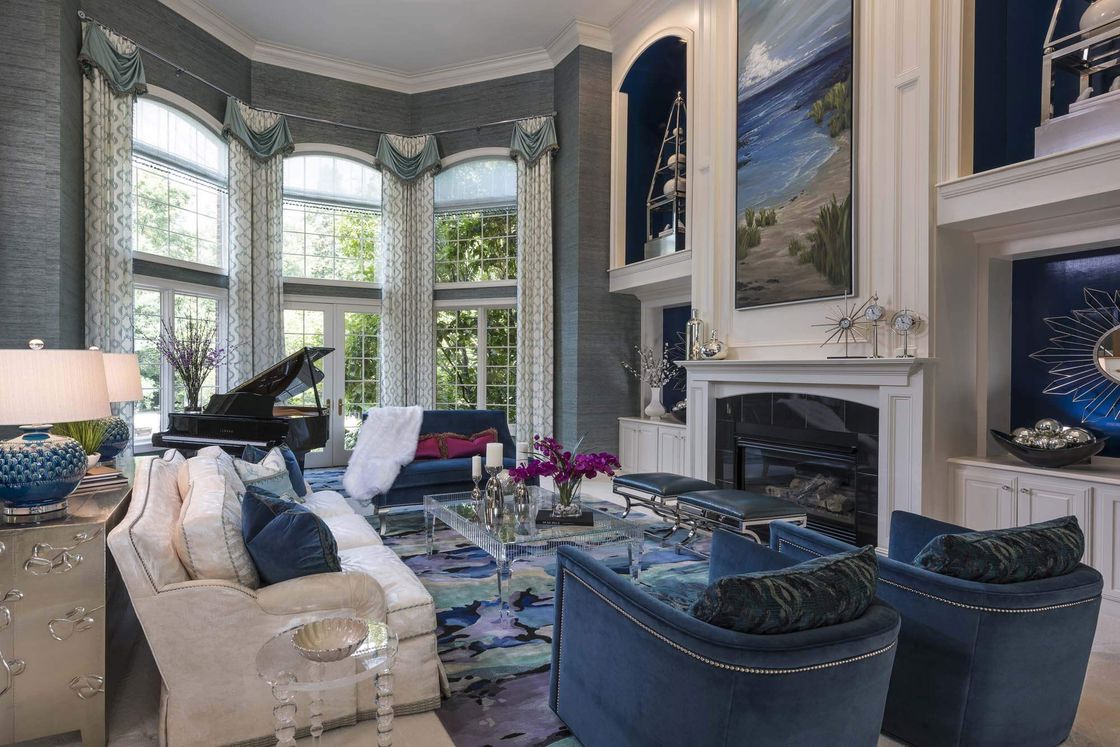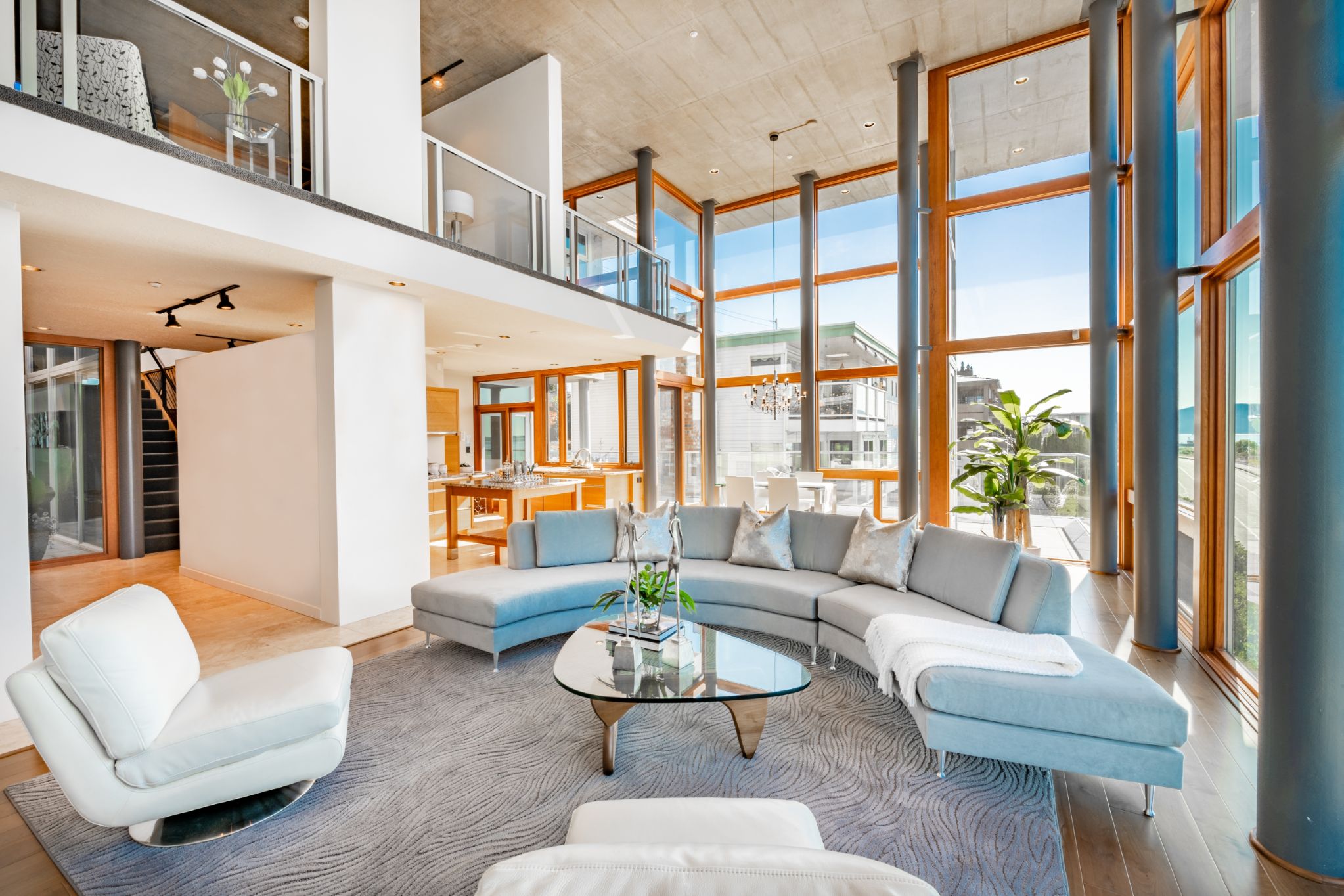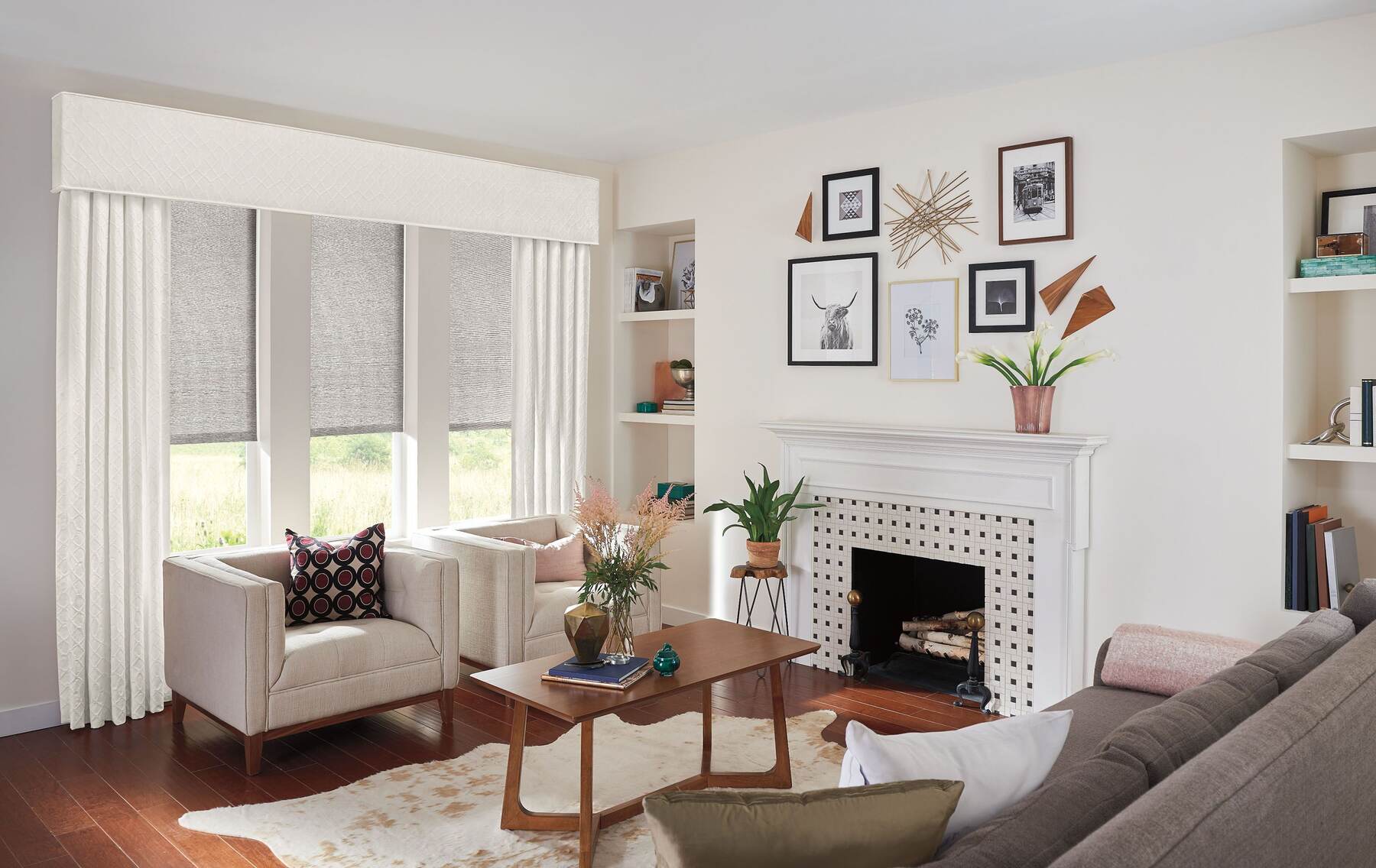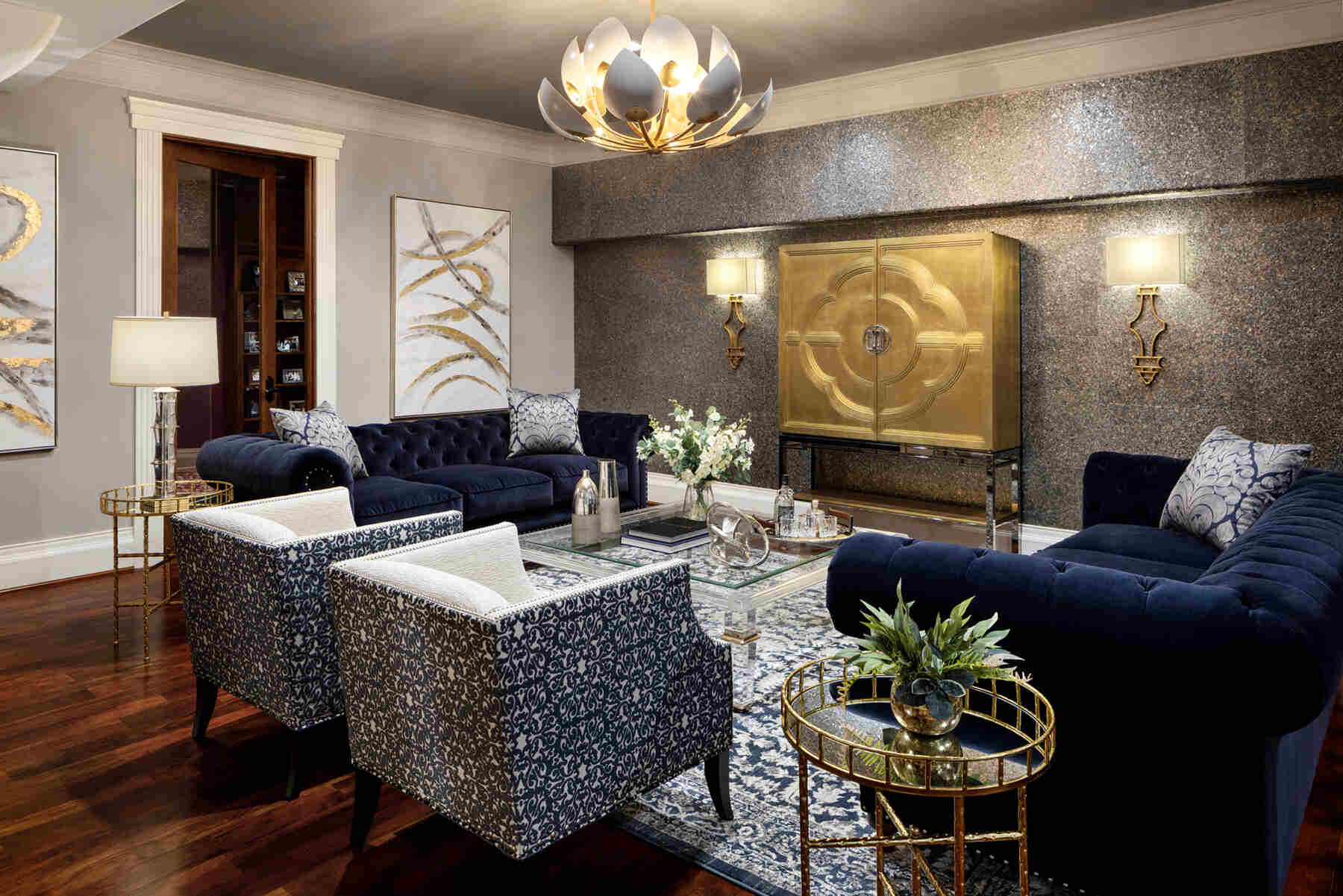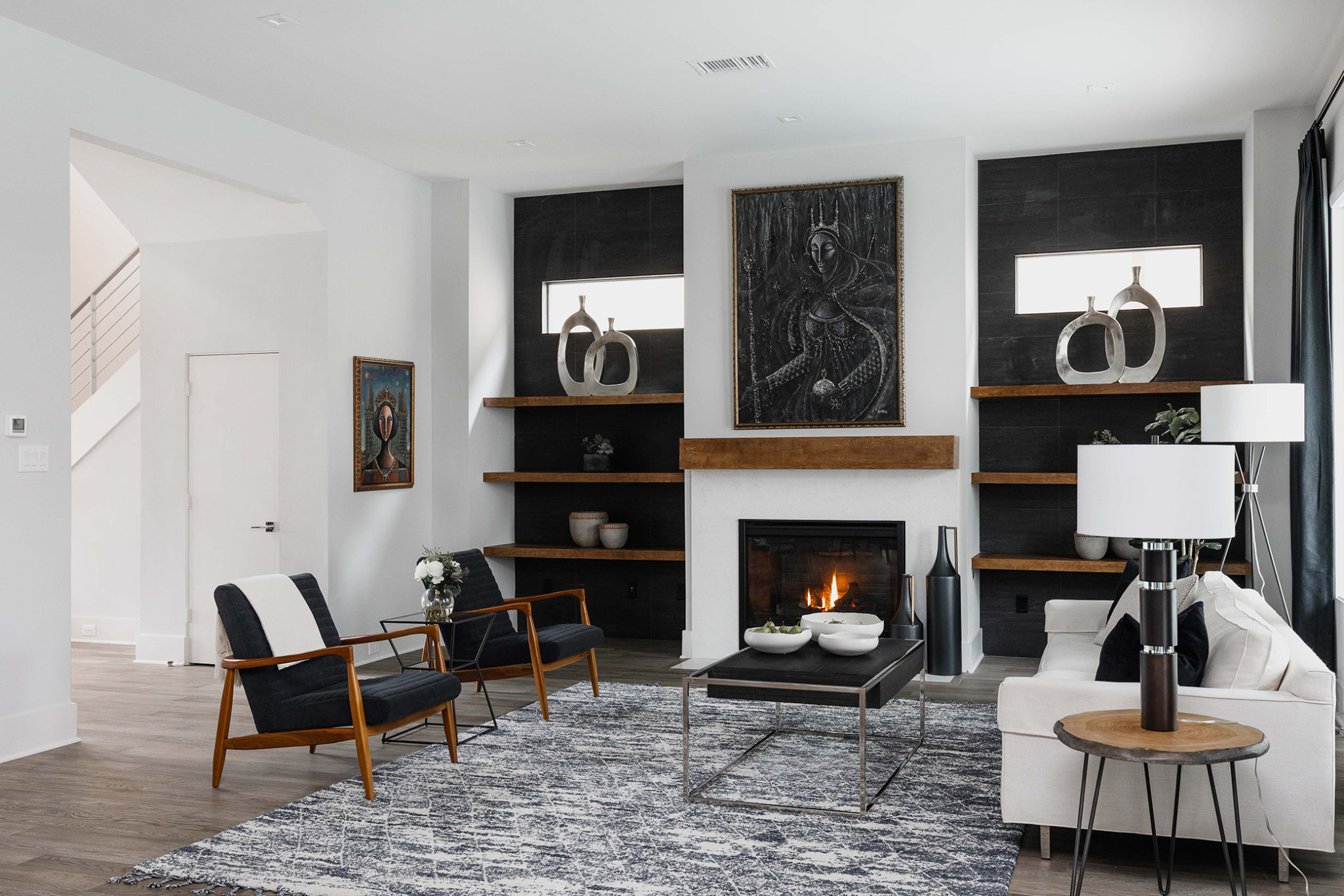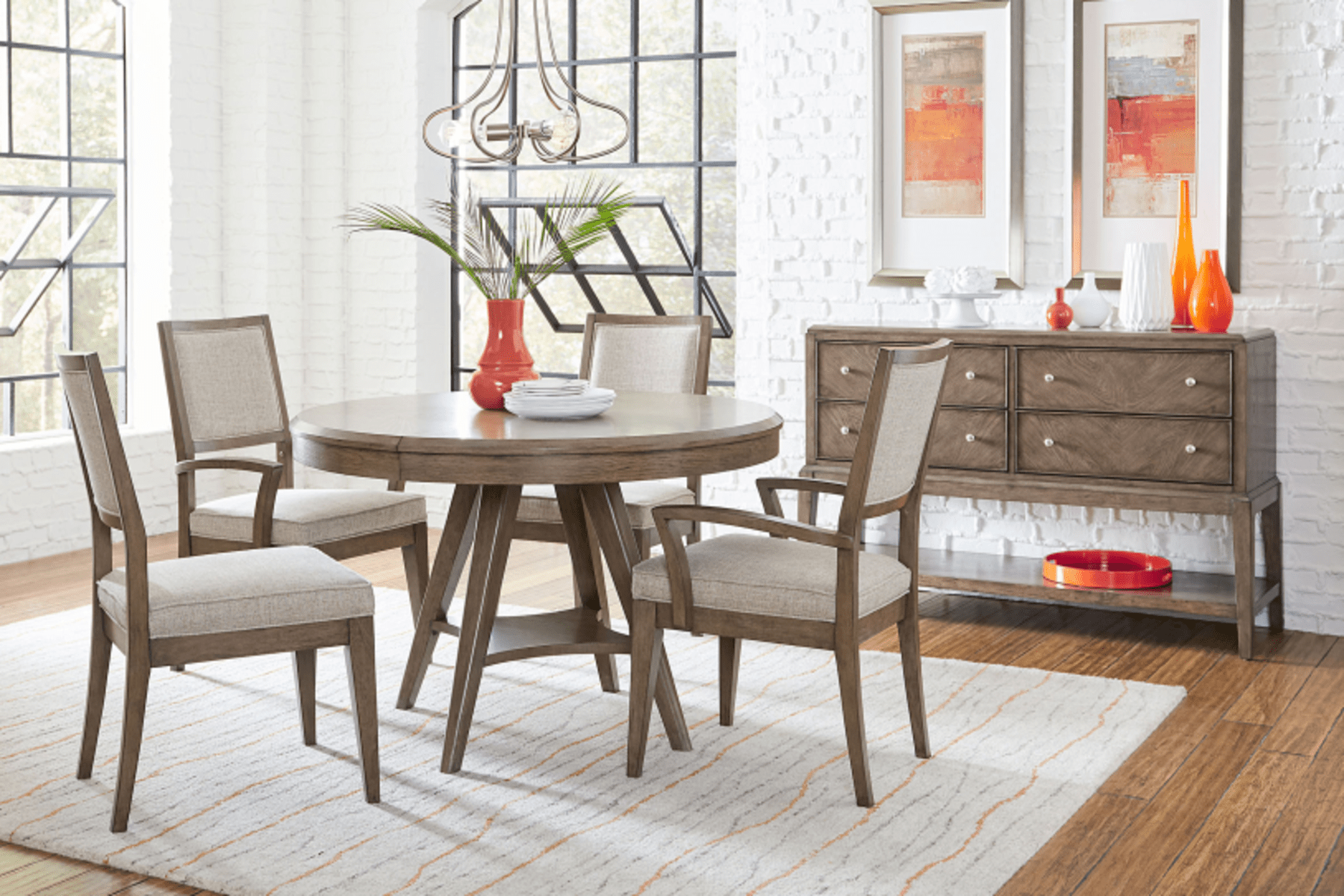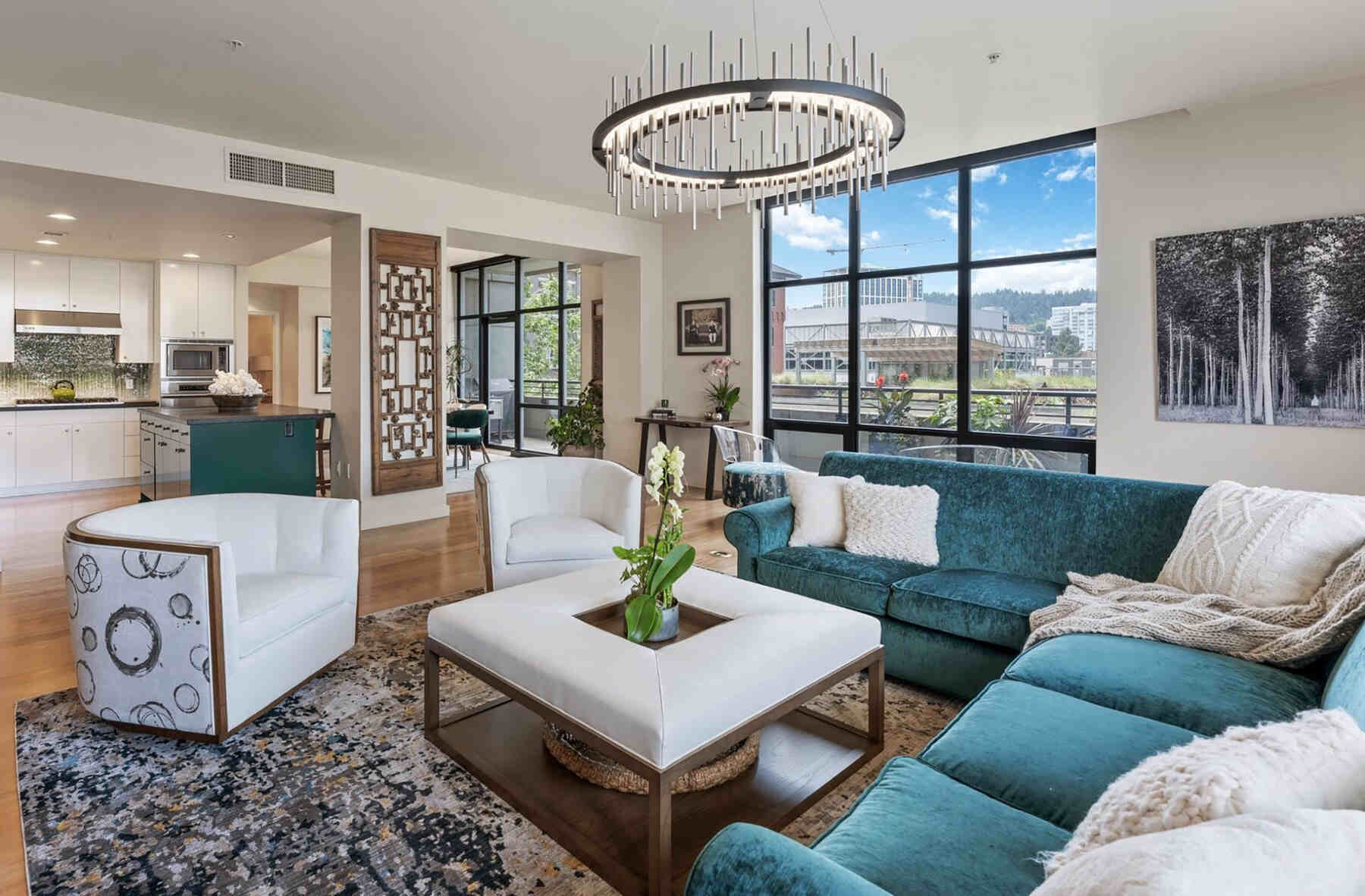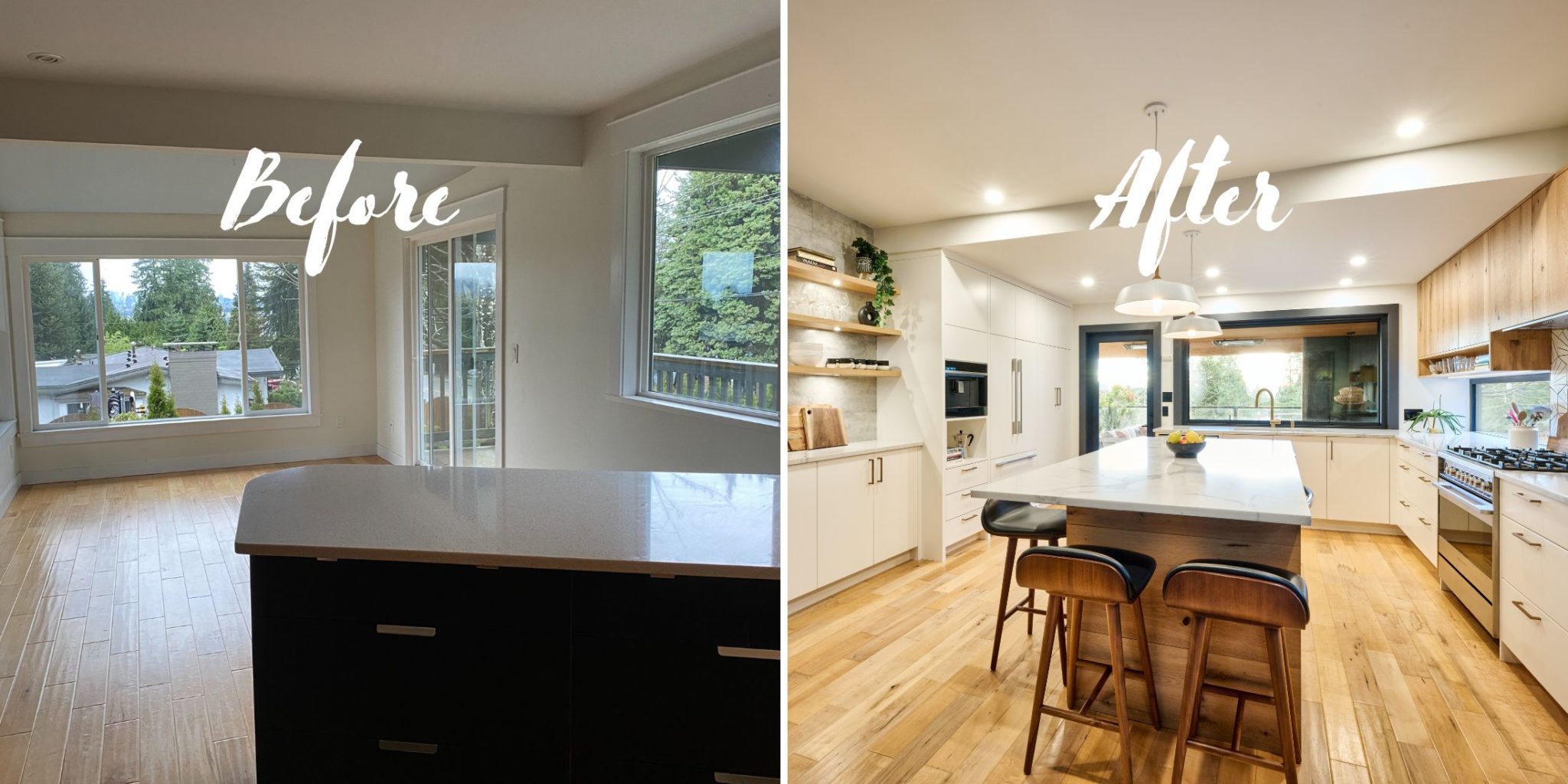I used to think that interior design was just about visuals and convenience. Yet, as I spent more time in the industry, I observed something about texture. I began to wonder, “Why is texture important in interior design?” So, I researched deeper and explored it further. I’ll discuss more of it in this article.
Why Is Texture Important in Interior Design?
Just like why space is important, texture is crucial in a quality interior design as it adds depth to a space. It’s one of the principles of interior designing, responsible for stimulating our senses, and creating a multi-dimensional experience beyond sight. Designers like me can create contrast and balance by using different textures.
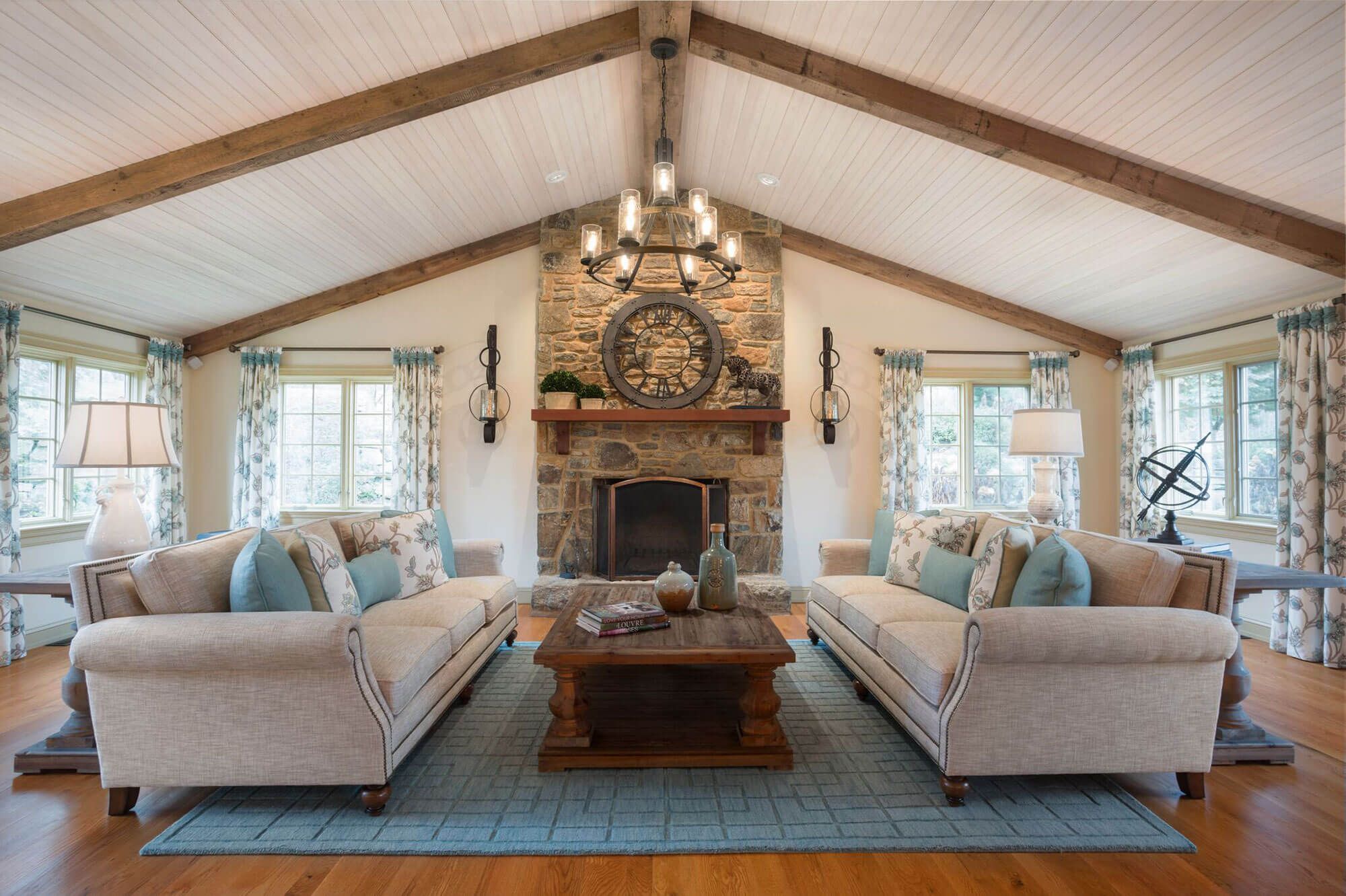
At times, we only recognize it as the consistency of a substance. Also, we can feel it in instances, like when we write on paper and touch it with our pen. Undeniably, it’s an essential aspect of how we sense and interpret objects. It’s regardless of how we define it.
Most of us have a preference or opinion about our feeling of touch. We notice this thing with clothing or furniture. Even I have a different inclination about it. It is where texture, specifically in interior design, comes in.
Two Types of Textures in Interior Design
Most people believe it’s just about feelings through a sense of touch. That was how I thought, too. Well, it was before I studied interior design and how it is important. Really, it is much more than that.
Tactile Textures
This type is what most people are most familiar with. It refers to the physical characteristics that we can feel, such as smoothness.
Identifying tactile textures:
- It pertains to 3D characteristics
- We can feel its smoothness or roughness
- Material has height, width, and depth
Examples of objects with tactile textures:
- Satin curtains
- Furry carpets
- Fuzzy couches
Visual Textures
These types are illusory surfaces. They make the object appear to have a tactile property it does not have. I find this concept very interesting. It’s because of how much it can do.
Suppose a wall has a pattern that makes it seem made of wood, even if it’s not. This is a type of visual texture.
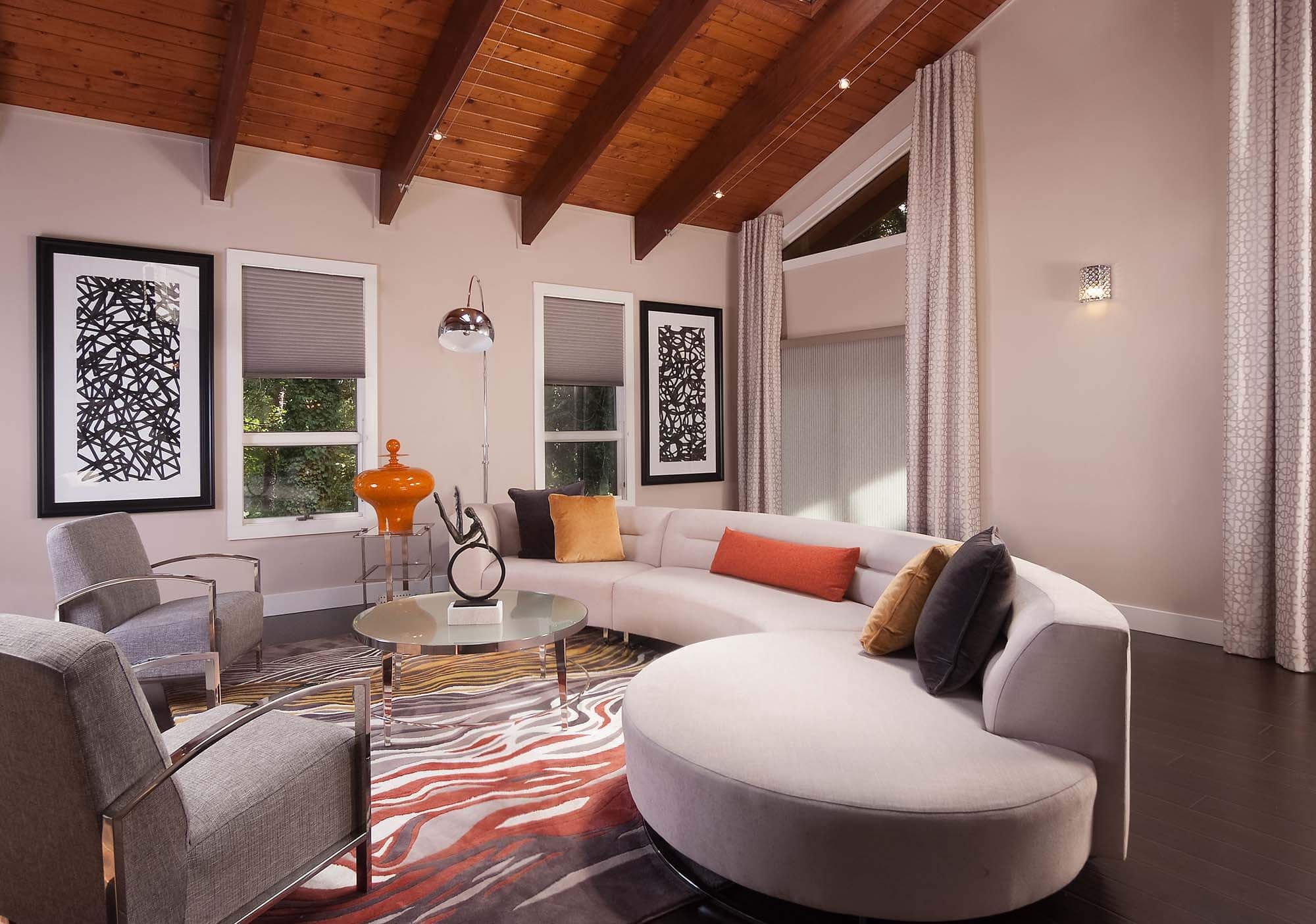
Identifying visual textures:
- It pertains to 2D characteristics
- In this case, we can’t feel its presence. We can only visually register it.
- The finish or material making it up does not have height, width, or depth
Examples of objects with visual textures:
- An image in a mirror
- Terrazzo tiles
- Images portrayed in photographs
The Use of Texture in Interior Designing
According to the reports of Statista, the market value of interior design has been growing from 2013 to 2021. Notably, the industry is expanding in size, and so are the opportunities.
Amidst all this, the sector has also grown to connect with many fields. It includes architecture. So, where exactly does texture matter here?
Using It in Architectural Elements
Tactile property matters even in the tiniest details of architecture. This is a practice I have learned to make a habit out of. It is also because I have an interest in the architectural world.
Playing around with the feel of stair railings, plate roofs, and supportive pillars can make all the difference. We can and should use texture in everything. It is to create more character and cohesiveness in a space.
Using It in the Making of Furniture
Soft, comfortable sofas can coincide efficiently with a room’s warm atmosphere. Meanwhile, marble tabletops can enhance the modern feel of a room.
Ensuring that the furniture touch coincides with all the other elements in the room is essential. I believe it’s a bit strange to find ourselves stepping on a striking bear rug. When it is in an otherwise modern and minimalistic living room, agreed?
Using It for Stylistic Decorations
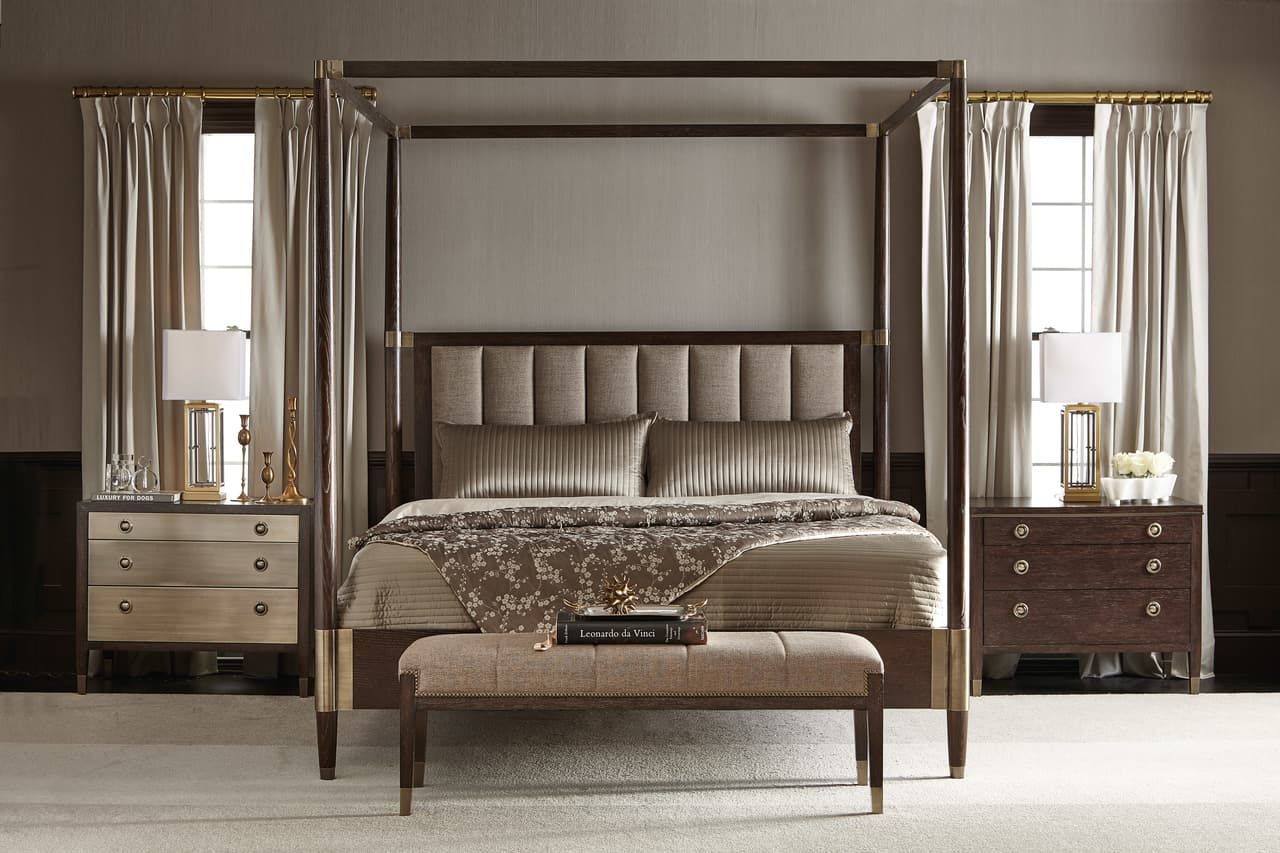
The tactile property can further emphasize a stylistic theme in the space. It can help make the statement of the place even more striking to guests.
For example, in a room with an industrial design. It would be possible to incorporate the following:
- Walls showcasing rough stone and cement
- Thematic rails and bars across the ceiling
- Metal-lined decorations and frames
- Spiral staircases with metal sheen
Using It in the Floors, Walls, and Ceilings
The positioning and material of the wall dividers we use, the prints on our ceilings, and the pattern in our tiles. These are all elements of texture. How we use and present these elements of our house can play an enormous part in the vibes of the space.
For example, when I design a children’s room, I focus on vibrant, friendly colors and surfaces. Cloud prints on the walls, fluffy floorings, and those little glowing stars on the ceiling all work wonders.
Using It as Textile Ingredients
Textile materials such as covers, blankets, and pillowcases use a lot of tactile textures. The sensations we gain from these item types can either make or break our and guests’ comfort.
Our choice, in this case, all comes down to personal preference. I prefer smooth materials rather than fuzzy ones, while others may prefer the opposite. It’s important to consider our comfort as well as any possible users of the room.
How Designers Use Texture
Imagine entering a dining room, and the first noticeable thing is the chandelier. It is an eccentric vintage chandelier emanating a bright white light. The chandelier has metals spiraling all across its body.
Then, looking around, the walls are plain and beige. Meanwhile, the tables and chairs are simply black. The floor has a brown velvety rug, which offers a welcoming cushion. Also, there are occasional flowered pots on the edges of the room.
The designer applied to this room balance. It has the presence of visual weight.
Balance
Professionals provide balance by ensuring there’s a pleasing mix of warm and cold colors. Personally, I like to design a space with a monochromatic color scheme. Afterward, I would put unique and captivating furniture to balance it out.
Visual Weight
Besides balance, mixing different textures can help create visual weight in a room. This makes it more attractive than one with a predictable color and furniture scheme.
Light Contributes to Interior Design Textures
Remarkably, light is an essential tool used to enhance and showcase the textures present in a room. Just like all other elements, lighting can impact the mood of individuals. It can even affect our cognition, depending on different factors.
The warmth of the light, the brightness, or even the level from which it’s shining all play an important role. It’s most especially the warmth and tone of the light.
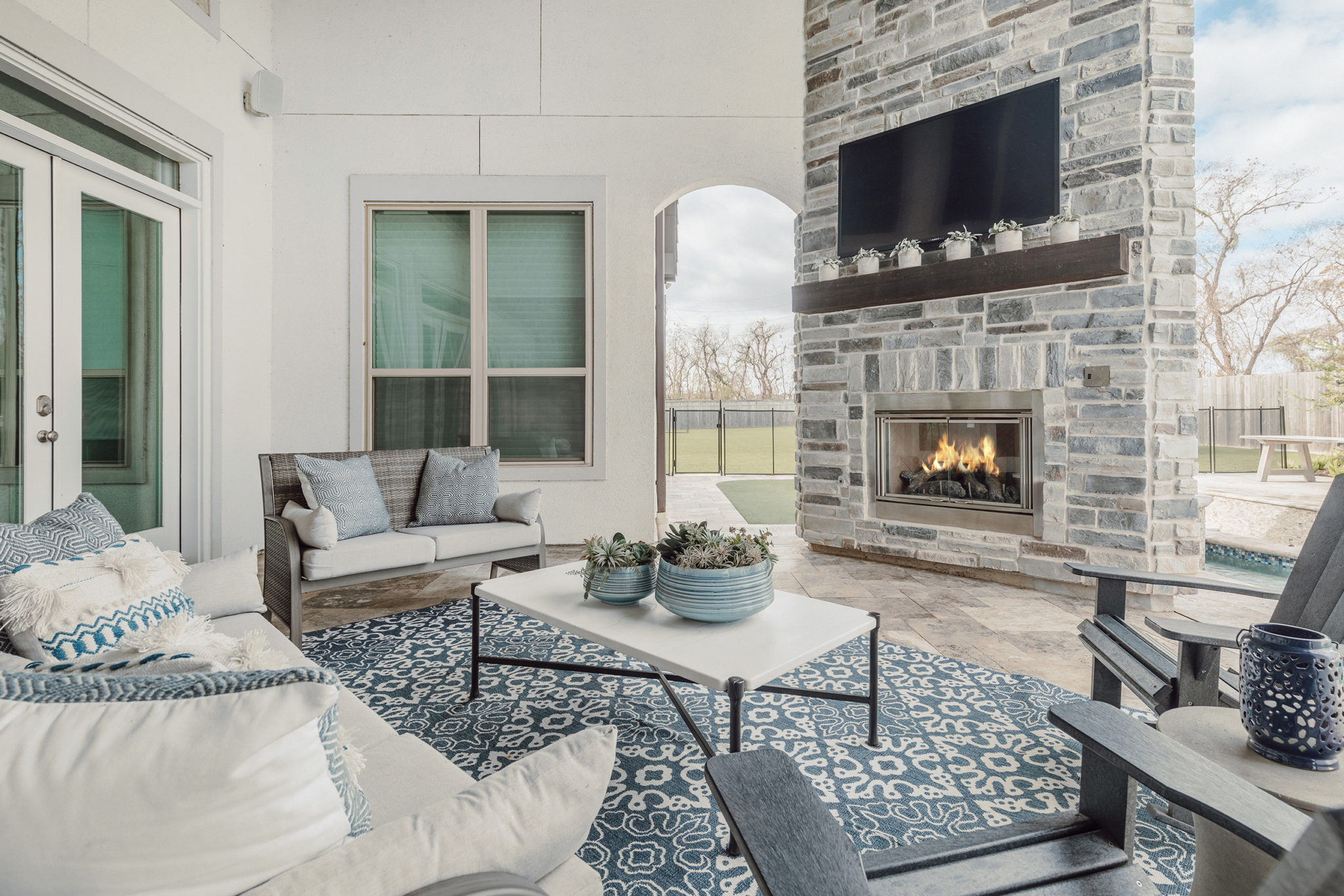
Warm vs. Cold Lighting
We usually identify warm lighting as lights that shine at an almost yellow or orange tone. It produces a soft atmosphere. Such light exudes an ambient, natural glow.
On the other hand, we view cool lighting as stark white. It makes a space look far more contemporary. This type of lighting can enhance clarity in a room. Yet, it can also make the room feel much harsher.
Roles and Benefits of Texture in Designing
Believe it or not, it plays a vital role in the mood and emotions of the people in a room. There are reasons why we professionals try to put a lot of focus on it. It can go as far as influencing the decisions of those touching or seeing it.
The comfort we feel from our chair or even the carpet we step on. The whole interior design can affect our moods and decisions. It can even go as far as influencing our opinion about someone at that moment. For one, I’m aware that sitting on a comfortable chair can put me in a kind mood. I can’t emphasize enough its importance in designing. Below are more of its notable roles.
- It gives the ability to highlight focal points and spaces in a room.
- Also, it influences the atmosphere of a room.
- It provides rooms with more depth, dimension, and character.
- In addition, it gives more control of the acoustics in a room.
- It elevates and emphasizes a design more subtly.
Frequently Asked Questions
How Can Rough Touch Affect My Interior Design?
Rough interior surfaces can make a room look warmer. This is due to its tendency to reflect less light. Also, it adds weight to a room and makes the vibe feel more rustic.
What Is the Goal of Texture in Interior Design?
Overall, its goal in interior design is to provide depth and emphasize the atmosphere of a space. It also helps make a room more stimulating to the senses. This helps increase its attractiveness.
How Do I Add Texture to a Room?
We can add texture to a room by adding fascinating rugs and paint finishes. Also, adding some appealing furniture can help. I like to add it to a room through subtle decor, such as putting gilded frames on mirrors.
Conclusion
Texture is more than just the surface characteristics. Mainly, it affects the cohesion and atmosphere of a room and even the mood of the people within it. This is why texture is important in interior design, and I can attest to that. It’s unmistakable, one of the biggest game-changers in the field today.


